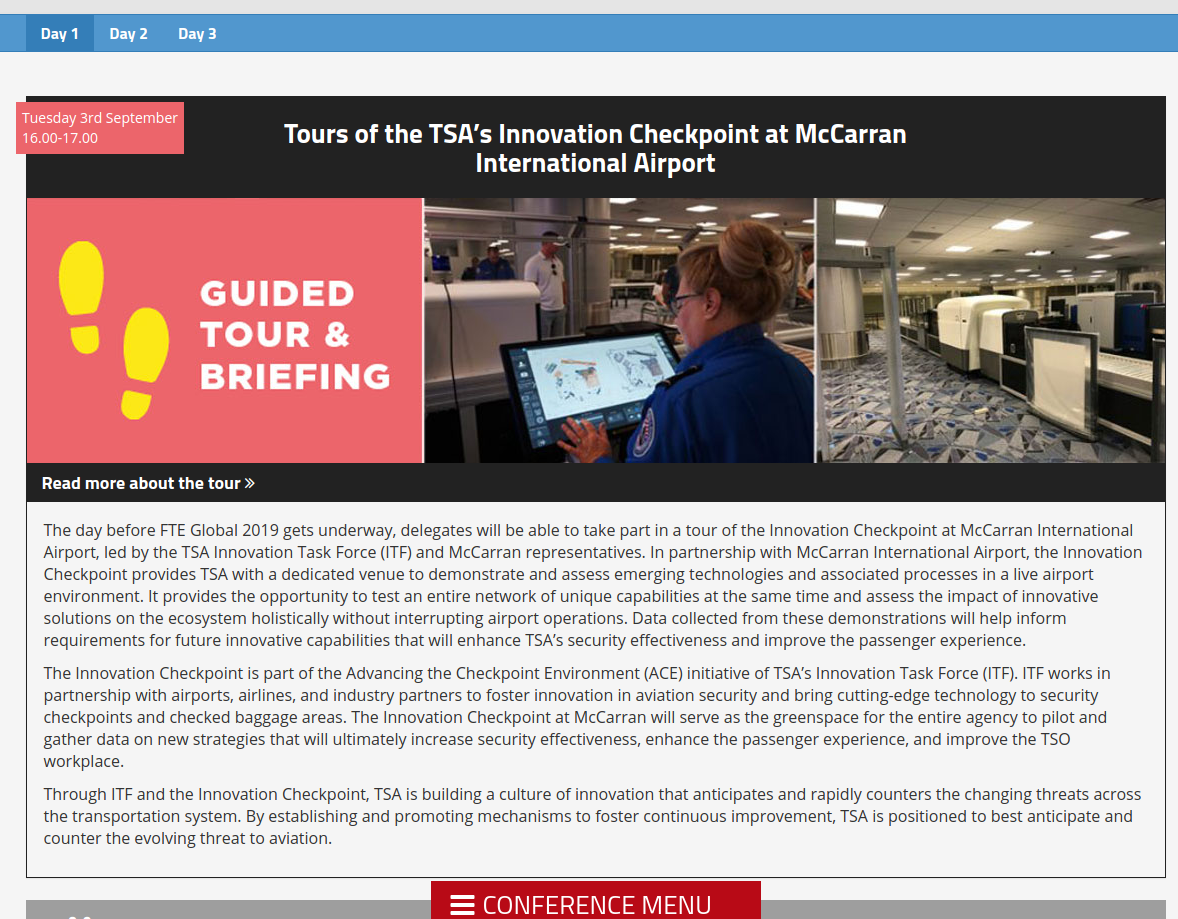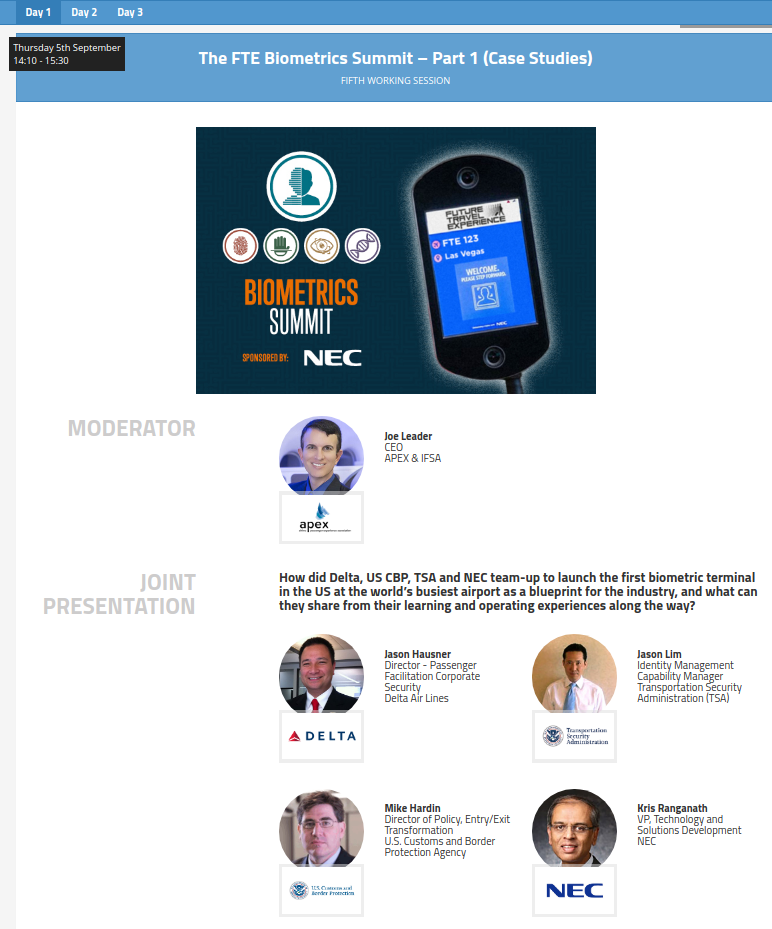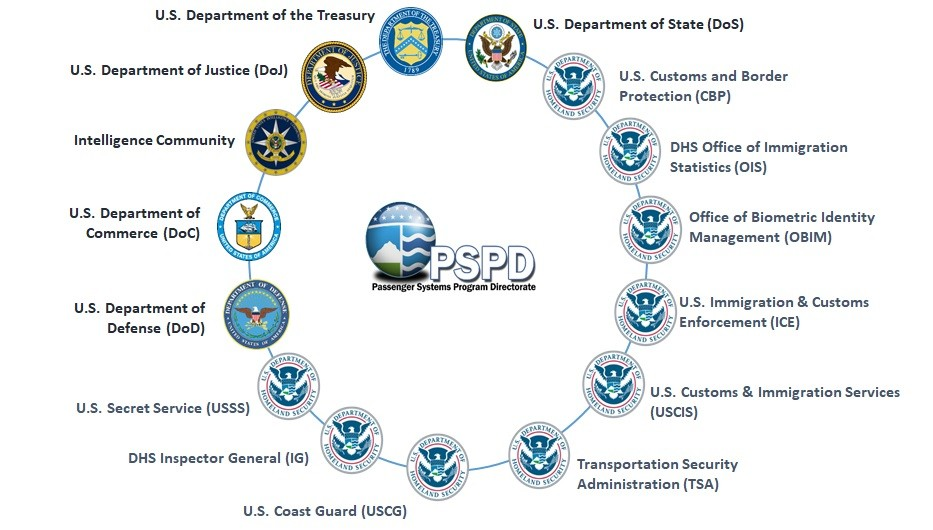Port of Seattle to develop policies on use of biometrics to identify travelers
This week the Port of Seattle Commission — a special-purpose government body elected by the voters of King County, Washington, to administer both the Seattle-Tacoma International Airport and the maritime Port of Seattle — became the first airport operating or oversight body in the US to publicly discuss any policy for use of facial recognition and other biometrics to identify and track travelers.
Dozens of community members, technical experts, and members and representatives of local, national, and international civil liberties and human rights organizations including the Identity Project, the World Privacy Forum, the ACLU of Washington, the Japanese American Citizens League (JACL), Puget Sound Sage, the Seattle Privacy Coalition, cyber-security experts, and many others submitted written statements to the Port Commission or testified in person at the Port Commission meeting on December 10th in opposition to biometric tracking of travelers at Sea-Tac Airport and the Seattle cruise ship terminal.
The only testimony to the Port Commission in support of biometrics to identify travelers came from a representative of Alaska Airlines, who asked the airport to make available “common-use” biometric passenger identification infrastructure and systems that could be used by all airline tenants at Sea-Tac.
Contrary to some reports, the Port of Seattle Commission adopted neither a moratorium on current or additional deployments of biometric traveler identification systems at Sea-Tac and the Seattle cruise ship port, nor any binding rules for the continued or expanded use of biometrics.
Port Commissioners made explicit during this week’s public meeting that they have not yet made any decision on which current and/or proposed new or expanded biometric systems or uses, if any, or what regulations or contractual terms of airport leases to airline tenants related to biometrics the Port Commission will eventually approve.
The motion adopted by the Port Commission is a directive to Port staff who have approved years of biometrics deployments at Sea-Tac (including Automated Passport Control kiosks for biometric entry tracking of arriving international passengers) and the Seattle cruise ship port without, to date, any formal standards or meaningful assessment of their purpose, justification, or impact. The Port Commission has now ordered what amounts to a “do over” by Port staff:
Through this motion, a port working group is established to develop further recommendations governing port policy related to use of public-facing biometric technology.
This working group is to be composed of Port staff and operate in line with general principles, procedural guidelines, and a schedule included in the Port Commission motion.
Port staff are to “engage active participation from an advisory group [to be named later by Port staff] composed of community partners, travelers, maritime and aviation industry partners, and other impacted stakeholders”. The Port Commission will only then decide whether, and if so on what terms, the Port will allow continued and/or expanded use of biometric systems to identify travelers on Port premises. “Policy recommendations shall be delivered to the commission by the end of the first quarter of 2020…. The commission … expects a policy governing the use of public-facing biometric technology to be delivered to the commission by the end of the second quarter of 2020.”
As we explained in our written testimony to the Port Commission, and in person near the start of the public comment period at the Port Commission meeting on December 10th, there’s a malign convergence of interest between airlines’ desire to use facial recognition for business process automation and personalization, and government agencies’ desire to use the same systems for profiling, surveillance, and control of travelers.
The unfortunate result has been the development of integrated common-use systems of commercial and government biometric tracking.





